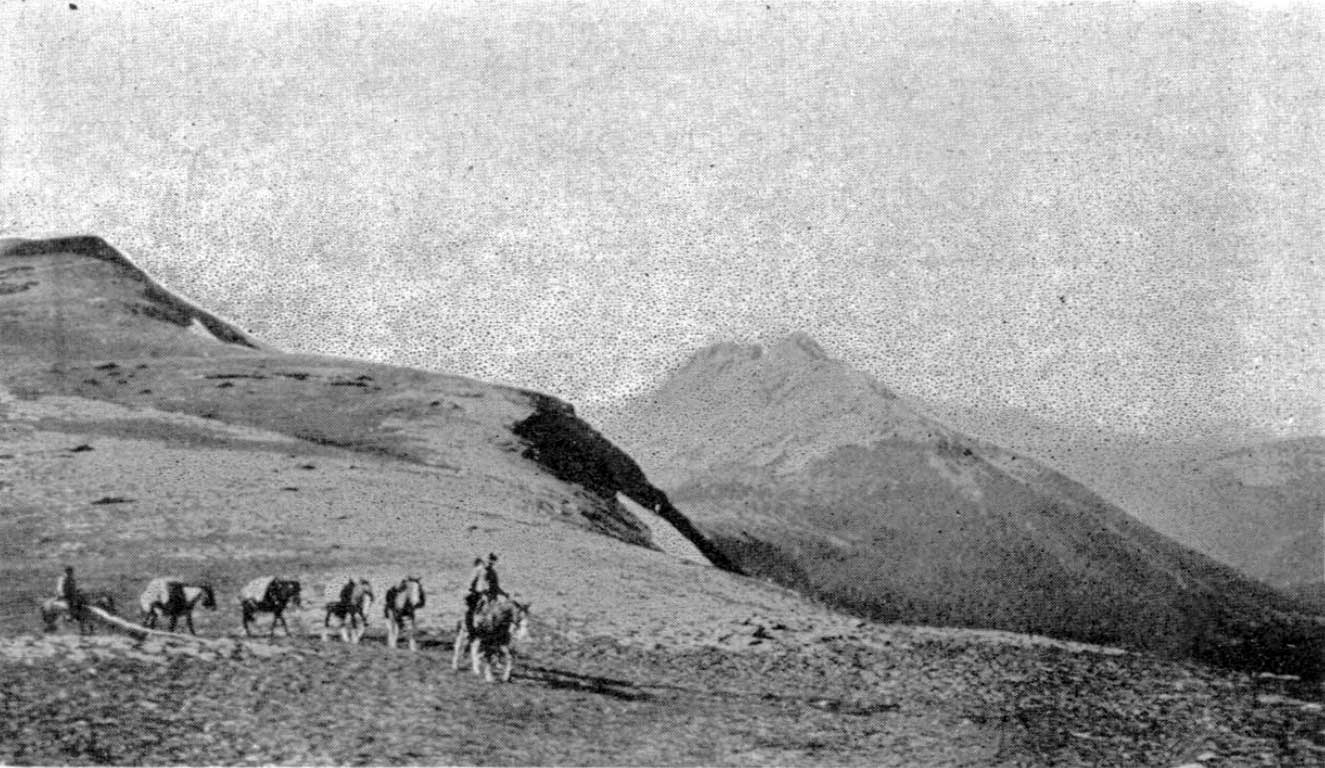Named in association with Albreda Lake, a name dating to 1863.
During construction of the Canadian Northern Railway around 1915, Albreda had the first telegraph in the area. Albreda was the inspection point for the Blue River–Jasper subdivision of the rail line and may have had a CNoR 3rd Class depot at one time. (1)
The Albreda post office was open from 1923 to 1948, and again from 1956 to 1959. The small settlement was the site of a Japanese internment camp during World War II. (2)
The original Albreda station was on the Grand Trunk Pacific Railway line, as indicated on Arthur Wheeler’s 1912 topographical map of the Mount Robson region and on British Columbia Pre-emptor’s map 3H, 1914. That early station was located just east of Tête Jaune Cache and repositioned westward as shown Pre-emptor’s map Tête Jaune 3H 1919.
Entry from the 1918 Wrigley’s Directory (3)
ALBREDA — a station on the C.N.R., in the Fort George Provincial Electoral District, 7 miles from Tete Jaune Cache and 40 from Blue River, the post office and nearest commercial telegraph. Population, 21. Three homesteads open for pre-emption, four taken; all good land for gardening. Abundance of mica about 2 miles distant, and cordwood.
Abrams T farming
Askin A farming
Browson Julius A farming
Frederick John section foreman CNR
Frye Fred farming
Joyle Clifford farming
Lavoie Joseph farming
McGuiness C L telegraph operator CNR
McLaren David assistant postmaster
Swanson P farming
Entry from the 1922 Wrigley’s Directory (4)
ALBREDA — a station on the C.N.R. and G.T.P. Rys. Has G. N. W. Telegraph. Population, 21. Abundance of mica about 2 miles distant, and cordwood.
Christoff Steve sec foreman GTP
Frederick John sec foreman CNR
Frye Fred farming
Lavoie Joseph farming
MeGuinness C L tel opr
Nichols C Z agt CNR
Stewart Peter farming
The Great North Western Telegraph Co was established in 1880 and taken over by the Canadian Northern Railway on 1 January 1915. The railway itself was in financial difficulty, however, and was soon purchased by the federal government, subsequently forming a component of Canadian National Railways Co. In this way Great North Western Telegraph Co became Canadian National Telegraph Co. (5)
References:
- 1. Wrigley Directories, Limited. Wrigley’s British Columbia Directory. Vancouver: 1918. Internet Archive
- 2. British Columbia Geographical Names. Albreda
- 3. Wrigley Directories, Limited. Wrigley’s British Columbia Directory. Vancouver: 1918. Internet Archive
- 4. Telegraph. 2025 Canadian Encyclopedia [accessed 7 February 2025] [accessed 2/7/2025] .
- 5. Telegraph. 2025 Canadian Encyclopedia [accessed 7 February 2025] [accessed 2/7/2025] .
